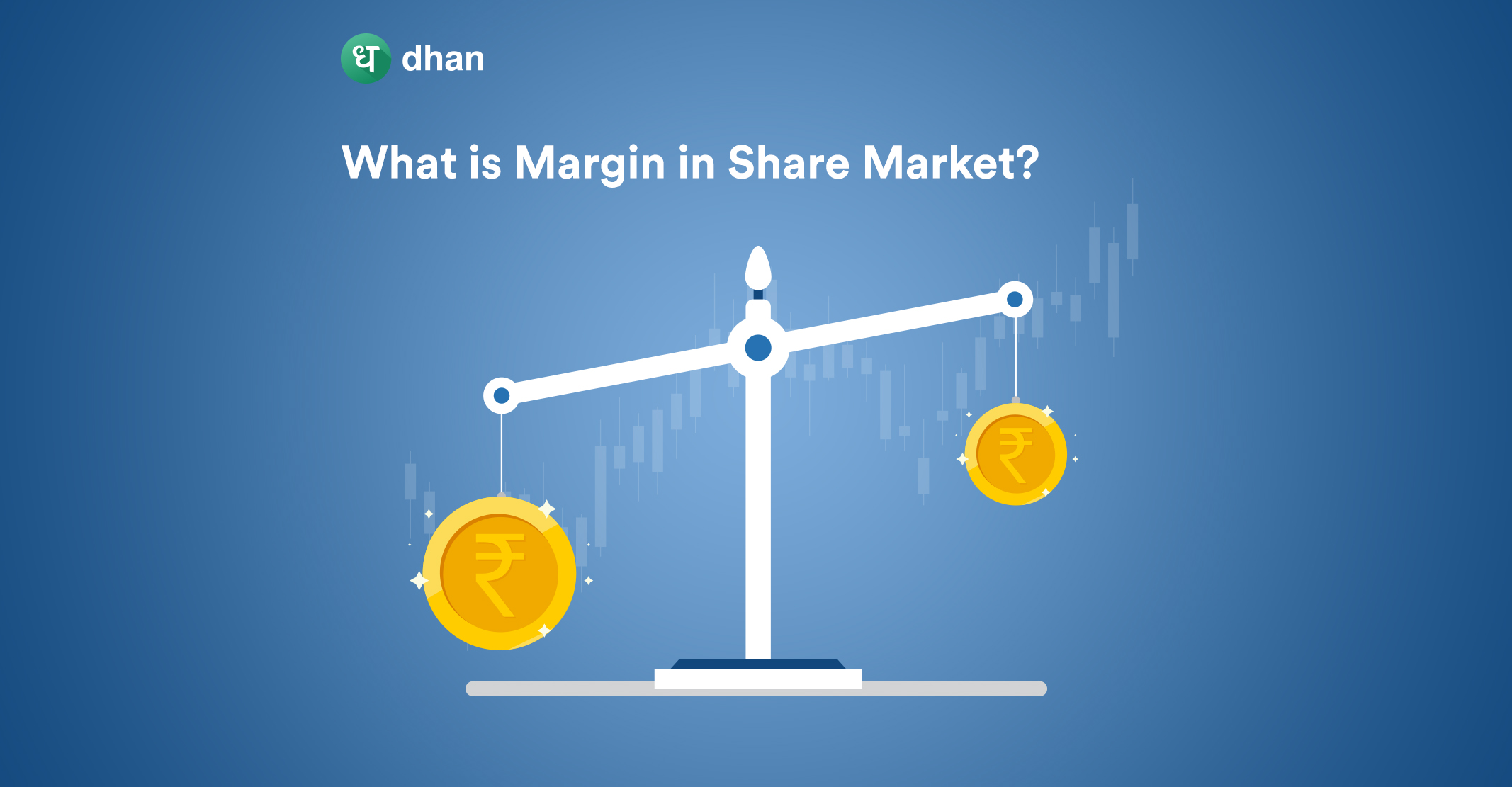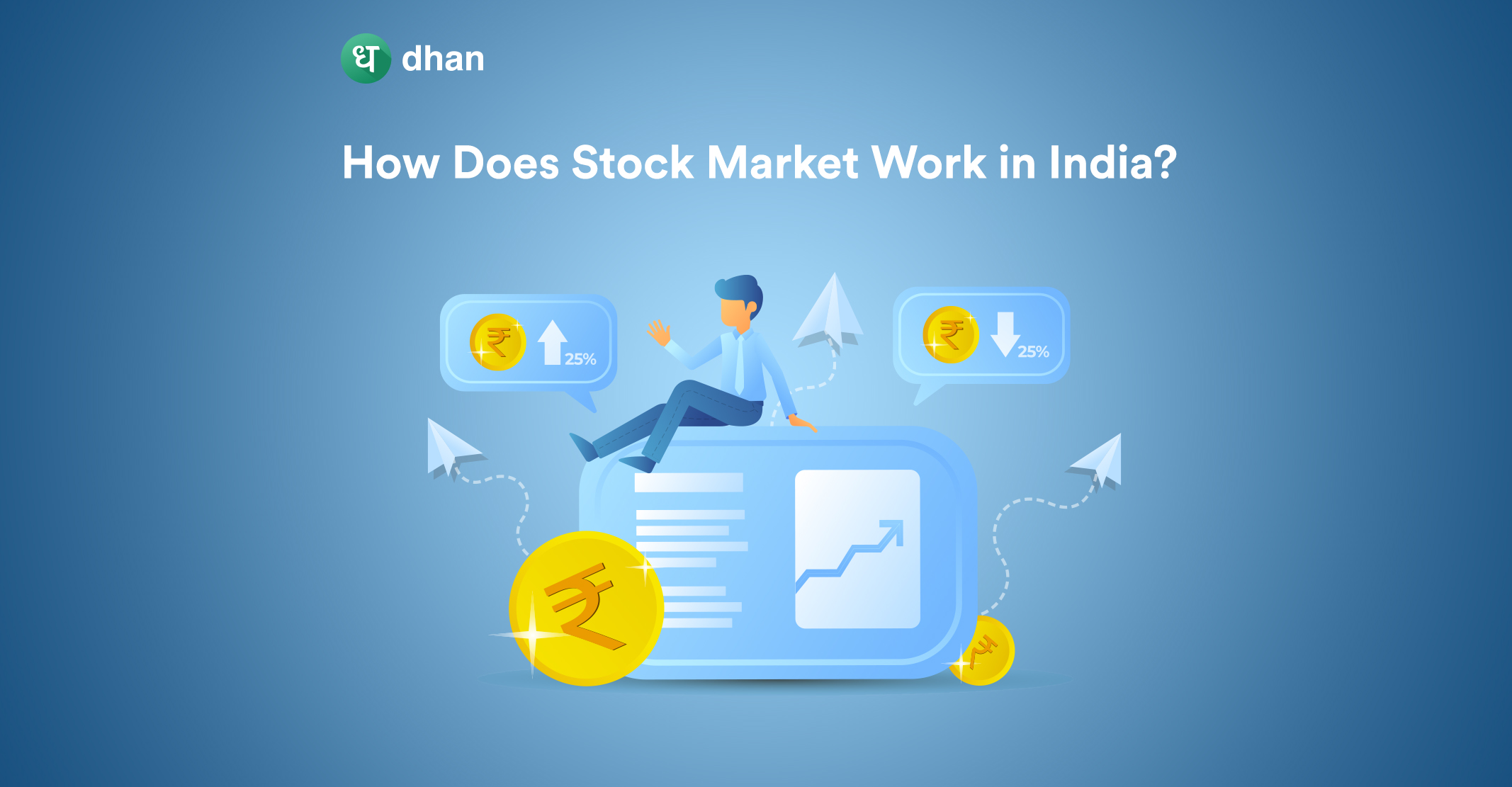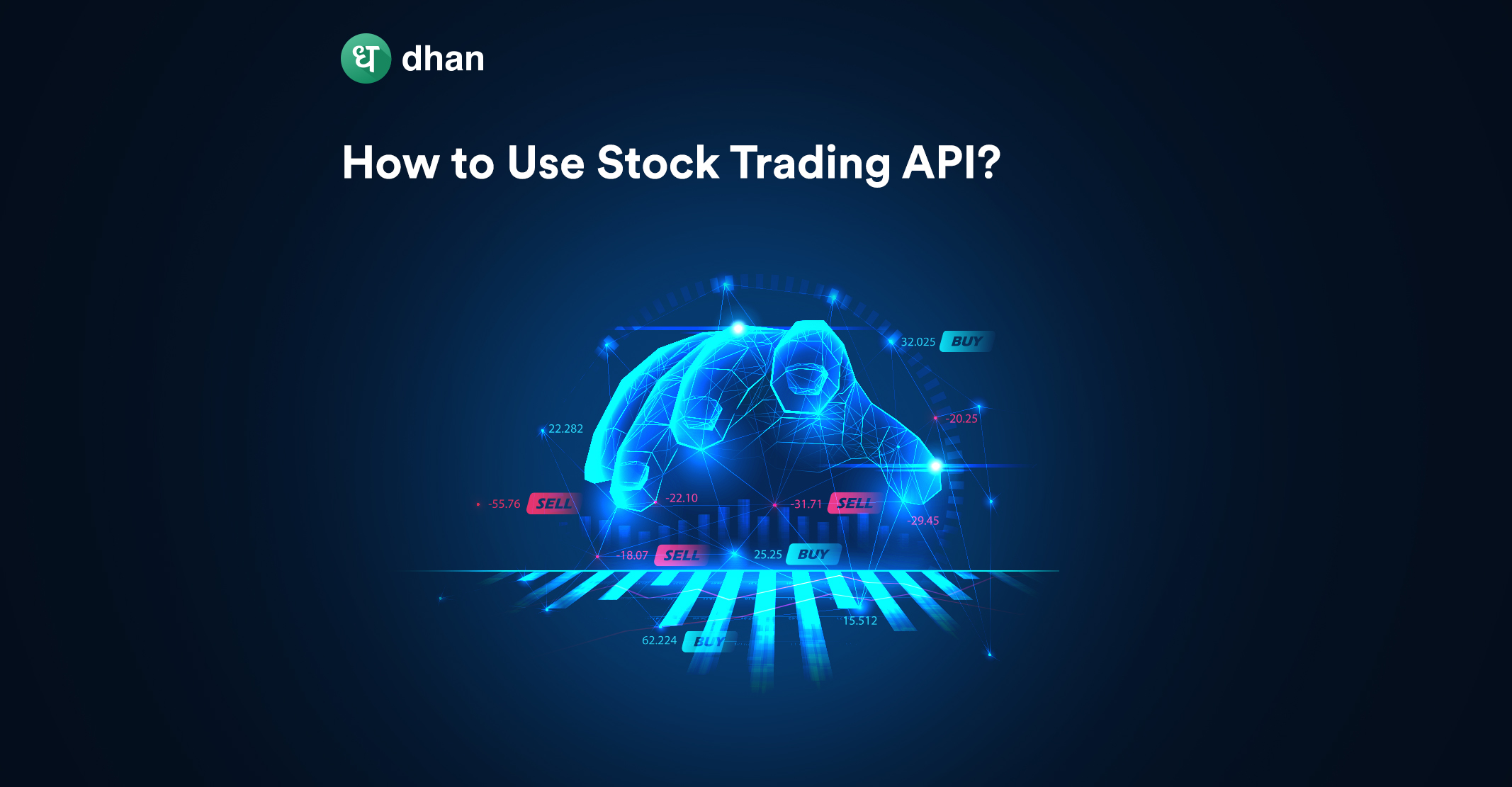Margin in share market empowers you to buy shares or take positions in commodity and currency derivatives. But there may be times when you just don’t have enough capital to pay the margin required to take up positions. What do you then? Get more margin from your broker!
What is Margin in Share Market?
If a trader decides to borrow an amount from their broker with the motive of purchasing financial assets like stocks or selling the same assets, the broker lends the amount for trading shares online, which simply means that the trader takes a loan from the broker.
This is known as purchasing on margin. When the trader does not have the necessary funds to purchase an asset, this is where margin funding, pledging of shares, and buying on margin come into the picture. The trader places the order to benefit from the perceived price fluctuation of the stock.
Generally, if a trader initiates a margin position by choosing ‘Margin Buy’, then it is likely that the trader feels that the price of the stock is to move in a favorable direction upwards. The trader has the option to square off the position either within a certain duration or whenever the trader chooses to.
On the contrary, short-sellers mostly use margin selling to execute their trades. “Margin sell” orders are placed when the trader thinks the financial security’s price will fall. Leveraging the position allows them to borrow more margin to short sell. Every short-seller must later buy back the equivalent amount of shares.
How Does Margin Work?
Now it is essential to go through a margin trading example that will help you understand buying and selling on margin in a better way. Let’s say a trader intends to purchase 10,000 shares of company A whose current market price is Rs.330 per share.
Keeping in mind the price per share, the trader will have to pay around Rs. 33 lakhs to obtain possession of 10,000 shares of company A. With margin, a trader only has to pay a fraction of Rs. 33 lakhs, the rest he can get as leverage with margin funding.
After understanding the term margin and learning about buying and selling on margin, it’s also important that you must learn about the other terms that are associated with margin funding such as maintenance margin and margin call.
Derivatives trader? Read 👉 Options Trading Margin
Maintenance Margin and Margin Call Explained
The amount of money that needs to be in your trading account to keep the leveraged trade open is known as the maintenance margin. It is to make sure that if you are a trader, you have enough money to cover running losses and be able to fund the position’s present value.
A specific portion of funds must be paid and present in your account. If your position starts to make a loss, your deposit may no longer be able to keep the trade open, and your broker might ask you to add extra funds to balance your account. It is an example of the margin call.
We’ve covered the entire concept of margin call here 👉 What is Margin in Forex Trading?
It is the responsibility of a broker to establish its margin requirements in accordance with the relevant rules of SEBI. The minimum margin requirements set by a broker are typically on par with what the rules require.
Advantages of Margin Trading
These are two of the main benefits of margin trading that you can leverage.
1. Perfect for Short-Term Profit
Margin trading is said to be ideal for traders looking for short-term profit generation as in this, they will see short-term fluctuations in the market and can turn in their favor via additional funds on margin.
2. Benefit of Leverage
The major benefit of margin trading is that it raises the purchasing power of traders by increasing the capital available for buying securities.
Leverage puts them in a position where the trader can buy stock with more money than they can afford. Traders can easily take advantage of even the smallest market fluctuations.
Conclusion
Margin in the share market is both the amount you must deposit to enter positions and the loan that a broker gives to you, although the latter is used interchangeably with leverage.
The margin you take up can be a boon or a bane depending on your risk management system and trading ability. That’s why it’s good to be careful about how much margin you take up after evaluating your risk profile.
Like this? Then you’ll love:



